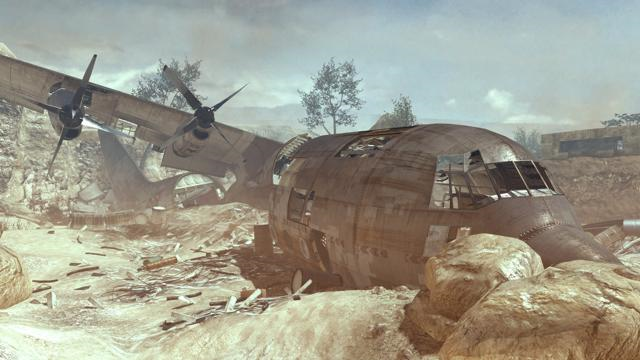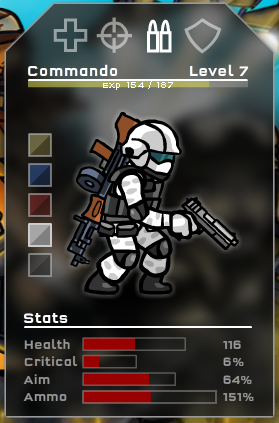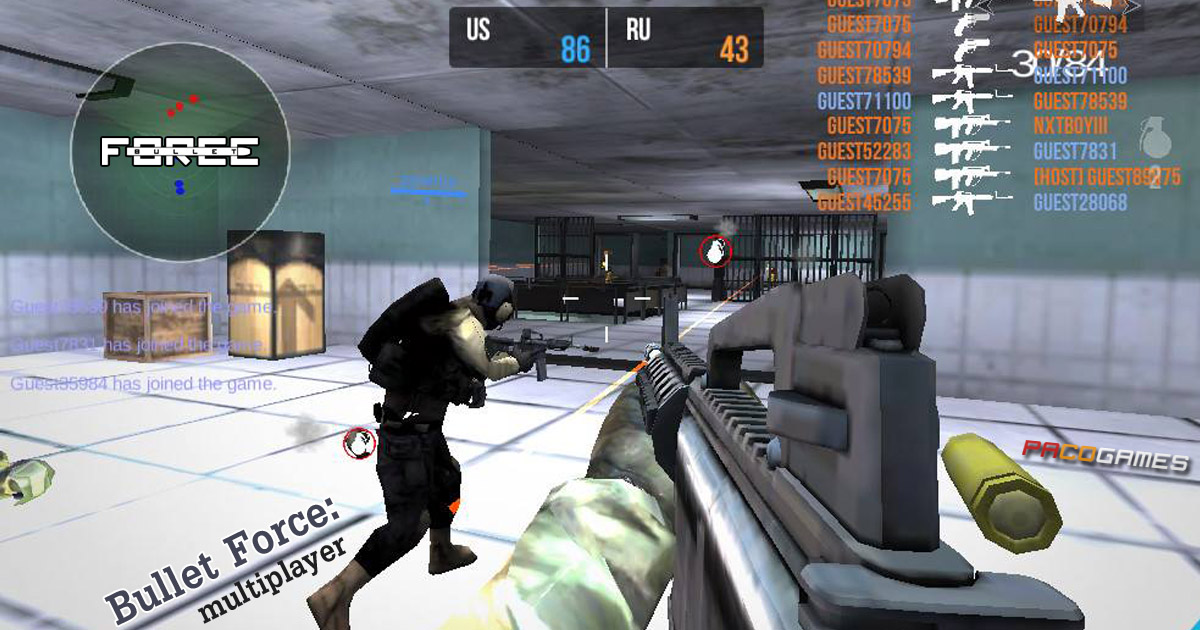


Additionally, a gilding metal jacket was developed that all but eliminated the metal fouling that plagued the earlier M1906 cartridge. This bullet further reduced air resistance in flight, resulting in less rapid downrange deceleration, less lateral drift caused by crosswinds, and significantly greater supersonic and maximum effective range from machine guns and rifles alike. 30 M1 ball cartridge loaded with a new improved military rifle (IMR) 1185 propellant and 174-grain (11.28 g) bullet with a 9° boat-tail and an ogive of 7 calibers nose cone that had a higher ballistic coefficient of roughly 0.494 (G1 BC), that achieved a muzzle velocity of 2,647 ft/s (807 m/s) and muzzle energy of 2,675 ft⋅lbf (3,627 J). – schweres Spitzgeschoß (heavy spitzer) boat-tail bullet which had a maximum range of approximately 4,700 m (5,140 yd).30 M1 ball cartridge įor these reasons, in 1926, the ordnance corps, after extensive testing of 7.5×55mm Swiss GP11 projectiles provided by the Swiss, developed the. Patrone was introduced in 1914 and used a 197.5-grain (12.80 g) s.S. Germany, which was using the S Patrone (S ball cartridge) loaded with a similar 153-grain (9.9 g) flat-based bullet in its rifles, had apparently confronted and solved the same problem by developing an aerodynamically more refined bullet for long range machine gun use. Firing tests performed around 1918 at Borden Brook Reservoir (Massachusetts), Miami, and Daytona Beach showed the actual maximum range of the M1906 cartridge to be 3,300 to 3,400 yards (3,020 to 3,110 m). machine guns firing the M1906 round, the effective range of the barrage was 50 percent less. When those weapons were later replaced with U.S. entered World War I, it did not have many machine guns, so it acquired British and French machine guns. Before the widespread employment of light mortars and artillery, long-range machine gun "barrage" or indirect fires were considered important in U.S. The range discrepancy became evident during World War I. When the M1906 cartridge was developed, the range tests had been done to only 1,800 yards (1,650 m) distances beyond that were estimated, but the estimate for extreme range was incorrect by almost 40 percent. The M1906 maximum range was originally overstated. Other changes to the rifle included elimination of the troublesome "rod bayonet" of the earlier Springfield rifles. Modifications to the rifle included shortening the barrel at its breech and resizing the chamber, so that the more tapered bullet would not have to jump too far to reach the rifling. 30-03 cartridge, was modified to accept the new. The M1903 Springfield rifle, which had been introduced alongside the. The cartridge was loaded with military rifle (MR) 21 propellant, and its maximum range was claimed (falsely) to be 4,700 yd (4,300 m). 30-03 case was modified to have a slightly shorter neck to fire a spitzer flat-based 150-grain (9.72 g) bullet that had a ballistic coefficient (G1 BC) of approximately 0.405, a muzzle velocity of 2,700 ft/s (820 m/s), and a muzzle energy of 2,429 ft⋅lbf (3,293 J). 30-06 Springfield, "cartridge, ball, caliber. military developed a new, lighter cartridge in 1906, the.

Consequently, the round-nosed U.S.30-03 service cartridge was falling behind. Many European militaries at the beginning of the 20th century were adopting lighter-weight (roughly 150-to-200-grain (9.7 to 13.0 g)), higher velocity, service rounds with pointed (spitzer) bullets: France in 1898 ( 8mm Lebel Balle D spitzer 198 grains (12.8 g) with boat-tail), Germany in 1903 ( 7.92×57mm Mauser 153 grains (9.9 g) S Patrone), Russia in 1908 ( 7.62×54mmR Lyokhkaya pulya ), and Britain in 1910 (. 30-03 rimless service round that used the same 220-grain (14 g) round-nose bullet as the Krag. started developing an experimental rimless cartridge for a Mauser action with box magazine. The 1894 version of that cartridge used a 220-grain (14 g) round-nose bullet. It remains a very popular sporting round, with ammunition produced by all major manufacturers. Army's primary rifle and machine gun cartridge for nearly 50 years before being replaced by the 7.62×51mm NATO and 5.56×45mm NATO, both of which remain in current U.S. The "06" refers to the year the cartridge was adopted, 1906. The ".30" refers to the caliber of the bullet in inches. 30 Gov't '06 by Winchester, was introduced to the United States Army in 1906 and later standardized it remained in use until the late 1970s. 30-06 Springfield cartridge (pronounced "thirty- ought-six"), 7.62×63mm in metric notation, and called the. Source(s): Federal Cartridge / Accurate Powder World War I, World War II, Korean War, Vietnam War, to present 30-06 Springfield cartridge with soft tip


 0 kommentar(er)
0 kommentar(er)
